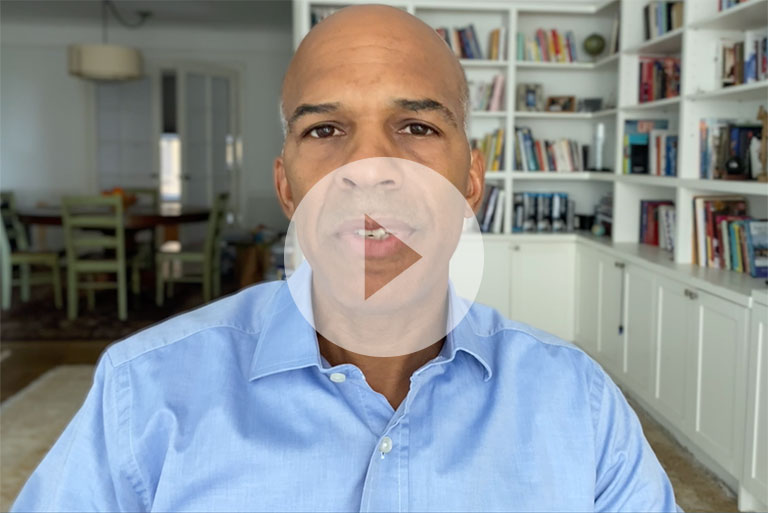Originally featured in AlphaWeek.
Time is running out for the buy-side to prepare for T+1. As the shift to next-day settlement approaches, firms that are still using manual processes for core middle- and back-office operations should be moving quickly to implement fully automated solutions for all post-trade functions.
The U.S. Securities and Exchange Commission has set May 28, 2024, as the deadline date for T+1. Most big buy-side firms are well prepared for this transition, having focused on it for the better part of a year. Driven by a combination of process and transparency requirements from institutional clients, and the operational demands associated with large trading volumes, most large asset managers have made the investments needed to automate much of the post-trade lifecycle. However, over 80% of the hedge funds participating in a recent Broadridge study still use mostly manual processes for trade clearing and settlement. More than eight in 10 respondents still have at least some manual steps.
Why are these firms still processing trades manually? The simplest answer is: because they can. In an industry that makes money on performance, operational tasks that occur post-trade aren’t seen as adding value. For that reason, many hedge funds and asset managers have been content to rely on old-fashioned emails, spreadsheets and even faxes for post-trade communications, and push as much of the operational burden as possible onto their executing brokers and prime brokers. Until now, prime brokers have largely been willing to take on those tasks to attract trading volumes. All that will change with T+1.
Pressure to Comply
The SEC has placed the onus for T+1 compliance squarely on the sell side. Regulators will be closely watching brokers, assessing their performance and penalizing firms that consistently come up short. That means brokers will have much less time for handholding, and much less patience for clients who miss deadlines.
As a result, manual procedures that were perfectly functional in a T+2 environment won’t get the job done in T+1. Brokers will work with important clients to help navigate the transition to more efficient, digital processes. But sell-side resources are limited. Smaller clients who cause headaches by failing to meet new deadlines for trade affirmations and confirmations could find themselves at risk of being “fired” by their brokers.
That’s extremely bad news for the more than 55% of hedge funds who said in August that they were just starting to research the implications of T+1. These mostly smaller hedge funds don’t have the in-house resources to revamp their entire middle- and back-offices. Even if they did, it’s much too late for firms to start building a new operational platform from scratch.
The Search for Automated Solutions
Fortunately, hedge funds today have access to an expanding menu of third-party solutions built expressly to automate middle- and back-office functions and deliver something close to straight-through processing for trades.
As buy-side firms start looking for providers for these outsourced solutions, there are several key factors to keep in mind. First is price. Third-party platforms use either transactional or flat-fee pricing models. For most firms, a flat-fee model will be most effective because it helps streamline workflows and appeals to brokers concerned about variability in costs.
Next, funds should do their due diligence to determine just how automated these “automated” systems really are. Many platforms on the market today don’t actually “match” trades. They simply provide the underlying system that facilitates the process. Funds should look for systems with more sophisticated features that monitor and report on the status of trades and proactively send alerts to all parties if a trade has not matched within a set timeframe. In the new environment, every minute will count. If brokers and clients don’t spot a problem trade until the afternoon of T+1, it will probably be too late to rectify in time to meet settlement deadlines. Automated notifications and full transparency about trade status will be essential.
Firms should also be working to ensure that the investments they are making today are positioning their firms not only for next year’s T+1 transition, but for a much longer-term future. New outsourced solutions should provide a solid foundation for the fully automated straight-through processing that will be required when markets eventually accelerate to T+0, as well as the transparency and data management capabilities needed to support increasingly powerful artificial intelligence applications.
Don’t Settle for Antiquated Platforms, Find Great Partners
Although full automation of most middle- and back-office functions is the ultimate goal, funds should question potential providers closely about the level of human support they provide to clients. The quality and scope of a vendor’s service will help determine how challenging or smooth the implementation process will be, how well the system integrates with the in-house platform, and how hard or easy it is for back- and front-office staff to learn the system and get the most out of its features. Those factors are important for any new technology initiative. Over the next six months, they will be critical considerations for hedge funds rushing to upgrade operations in time for T+1.






